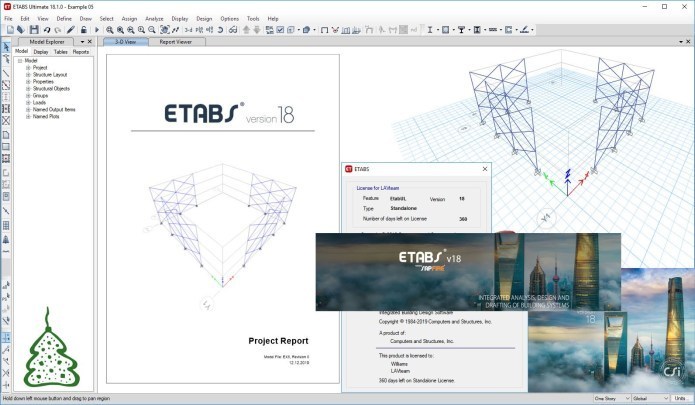

64-bit systems are ideal for multi-tasking and support high-performance applications that cannot be run on 32-bit devices. In most cases, 64-bit processors will deliver better results than 32-bit processors. Used in computers with more than 4 GB of RAMģ2-bit applications and operating systems onlyģ2-bit or 64-bit applications and operating systems Used in computers with 4GB of RAM or less The table below shows a comparison of 32-bit and 64-bit processors: 32-bit processors
#Pcsx2 32 bit vs 64 bit full
Additionally, all Windows editions and Linux distributions-even the earliest ones-have been re-designed to make full use of 64-bit processing capabilities. In terms of operating systems, all versions of macOS since Mountain Lion have been built using 64-bit architecture. A 64-bit processor can run 32-bit applications, but 32-bit CPUs do not have enough processing power to run 64-bit applications. Most computers that are manufactured today use 64-bit chips. Examples of 64-bit hardware and softwareĦ4-bit processors started to replace 32-bit CPUs in desktop computers and mobile devices in the mid-2000s with Advanced Micro Device Inc.’s introduction of the Athlon 64 processor family. The increase in outputs means a 64-bit processor can perform more calculations per second, and therefore can accomplish more tasks-and more complex operations-in a shorter amount of time.

Instead of 2 32 possible outputs, also called memory addresses, a 64-bit processor has 2 64 possible outputs. What does 64-bit mean?Ħ4-bit is similar to 32-bit, but has double the number of bits that a processor can process or transmit in parallel. In 2019, Apple dropped support for all 32-bit applications with the Catalina version of macOS. For laptops and desktop computers, users can choose from Windows 7, 8, Vista, and XP or any Linux distribution.
#Pcsx2 32 bit vs 64 bit android
For users who still want to run 32-bit devices, there are limitations on what kinds of software and operating systems are available.įor example, Apple’s iOS 9 and earlier are 32-bit operating systems, as are Android KitKat OSes and earlier. Many hardware manufacturers and software developers no longer support 32-bit technology. New software applications started to emerge with higher computing requirements, so the hardware manufacturers needed to innovate to stay competitive. Most computers manufactured until the early 2000s used 32-bit processors, but 64-bit processors soon took over because of the improved performance they offered. The 32-bit CPU was a successor to 16-bit and 8-bit microprocessors from the 1970s and 1980s. Therefore, a 32-bit processor has 2 32 possible values. For each bit, there are two possible outputs: 1 and 0.
#Pcsx2 32 bit vs 64 bit how to


 0 kommentar(er)
0 kommentar(er)
